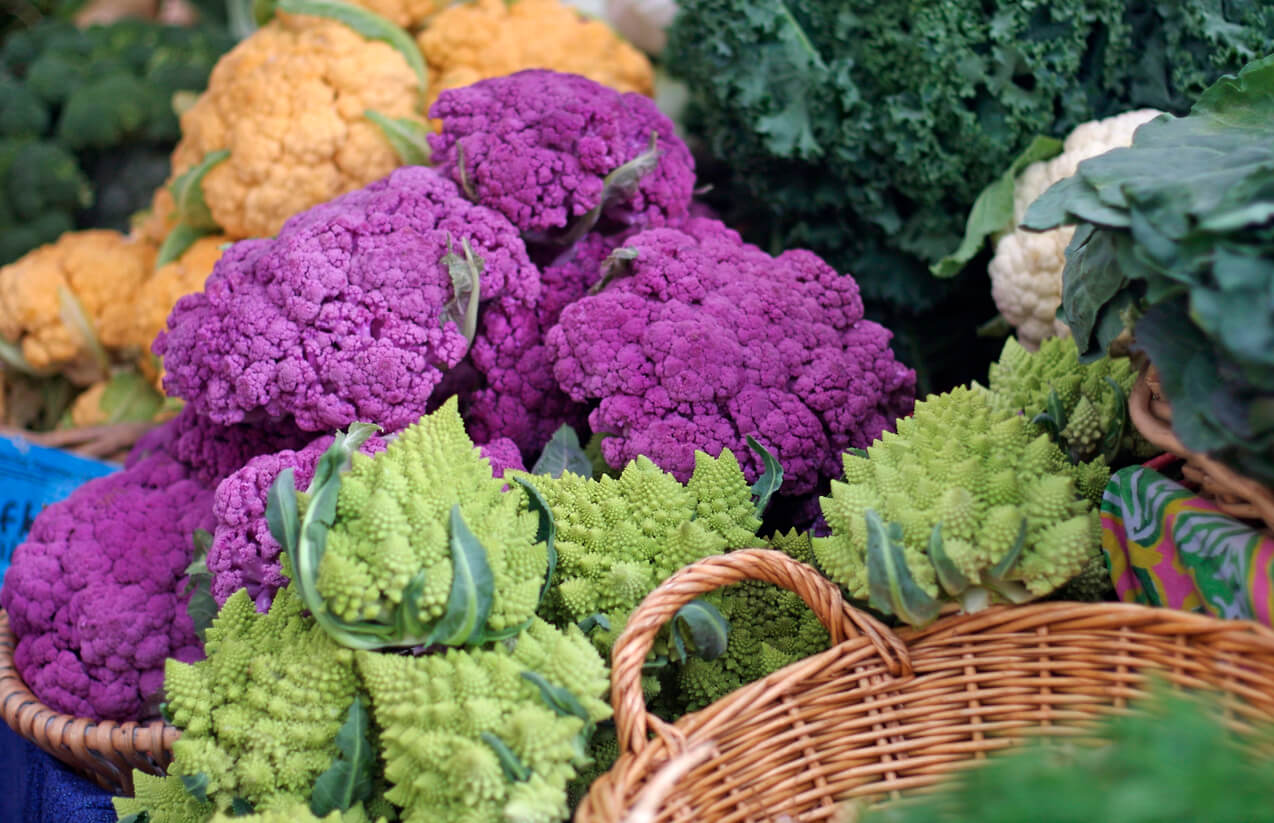
Purple, Orange, and Romanesco Cauliflower
Cauliflower comes in all shapes, sizes, colors, and textures. There are at least 80 varieties grown just in North America, though there are four distinct types of cauliflower.
Cauliflower is a versatile vegetable that comes in many varieties differentiated by ripening period, color, and head size.
- Italian cauliflower is a marvelous mix of biennial and annual specimens. From white to multitudinous brown, green, purple, and yellow cultivars—this type of vegetable stands as the original from which others have diverged. The Giant of Naples cauliflower is a remarkably delicious heirloom variety that has been open-pollinated. These plants are renowned for their large heads, with an average weight of 3 pounds! If you’re looking to grow this magnificent vegetable, there are early, medium, and late maturing subtypes available
- Northern European annuals have been cultivated in Europe and North America since the 18th century when they were first developed in Germany. Popular cultivars include Erfurt and Snowball, both of which are well known for their summertime or autumn harvestability.
- Northwest European biennials are an interesting type as well. In Northwest Europe, the biennial harvest is planted in autumn and harvested during early spring. This 19th-century French technique utilizes old cultivars like Angers and Roscoff to ensure an abundant yield.
- Asian cauliflower is an incredibly versatile tropical cauliflower originating from India in the 19th century. Asian is used widely across China and India. It was developed from Early Benaras and Early Patna, two ancient varieties known to be popular among local communities, but which are no longer grown.
You can also distinguish cauliflower by color.
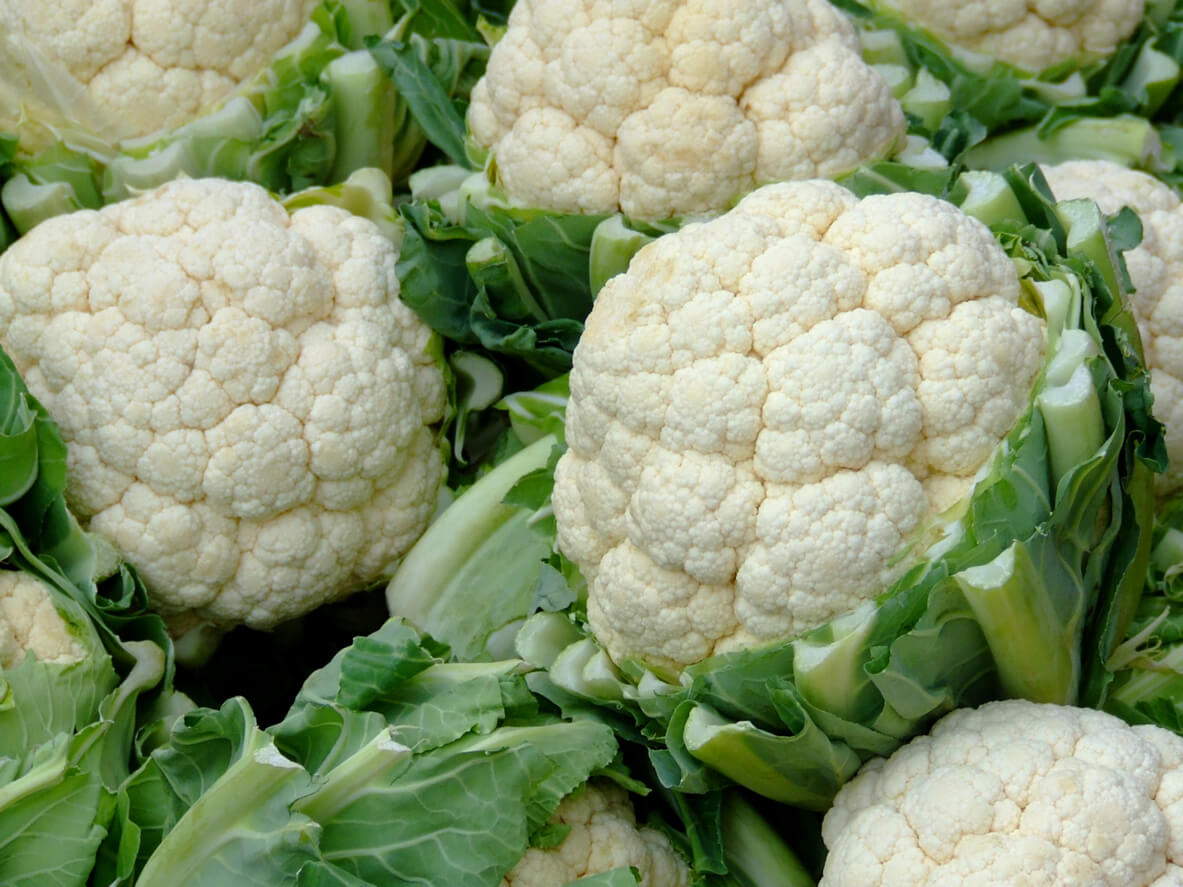
White Cauliflower
White cauliflower: White cauliflower is the most popular and widely available type, accounting for about 75% of all cauliflower grown in North America. It has a mild taste, and is surrounded by large green leaves, and its white color makes it a good choice for use in dishes where other colors might stand out too much. Try delicious varieties such as Attribute Hybrid, Early White Hybrid, and Self-Blanching Snowball. For a fast-growing variety that is smaller and good for smaller plots, try White Corona Hybrid.
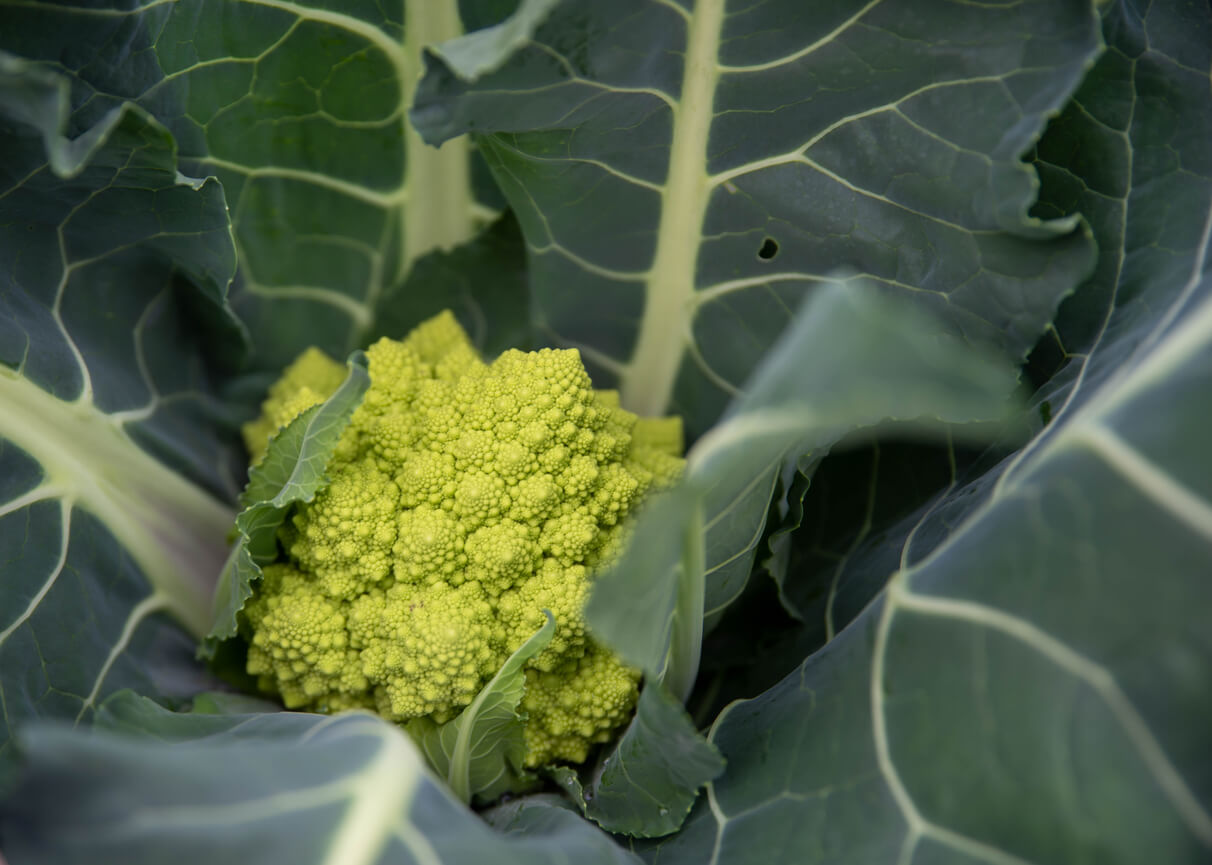
Green Cauliflower
Green cauliflower: Green cauliflower is an increasingly popular variety that is lighter and sweeter in flavor than white cauliflower. It’s sometimes called broccoflower. While green cauliflower can be grown year-round using greenhouses, it is usually only available during the summer months. Check out these exciting varieties: Alverda, Green Goddess, and Vorda. For even more delectable options, you can try the unique flavors of Romanesco varieties: Minaret and Veronica.
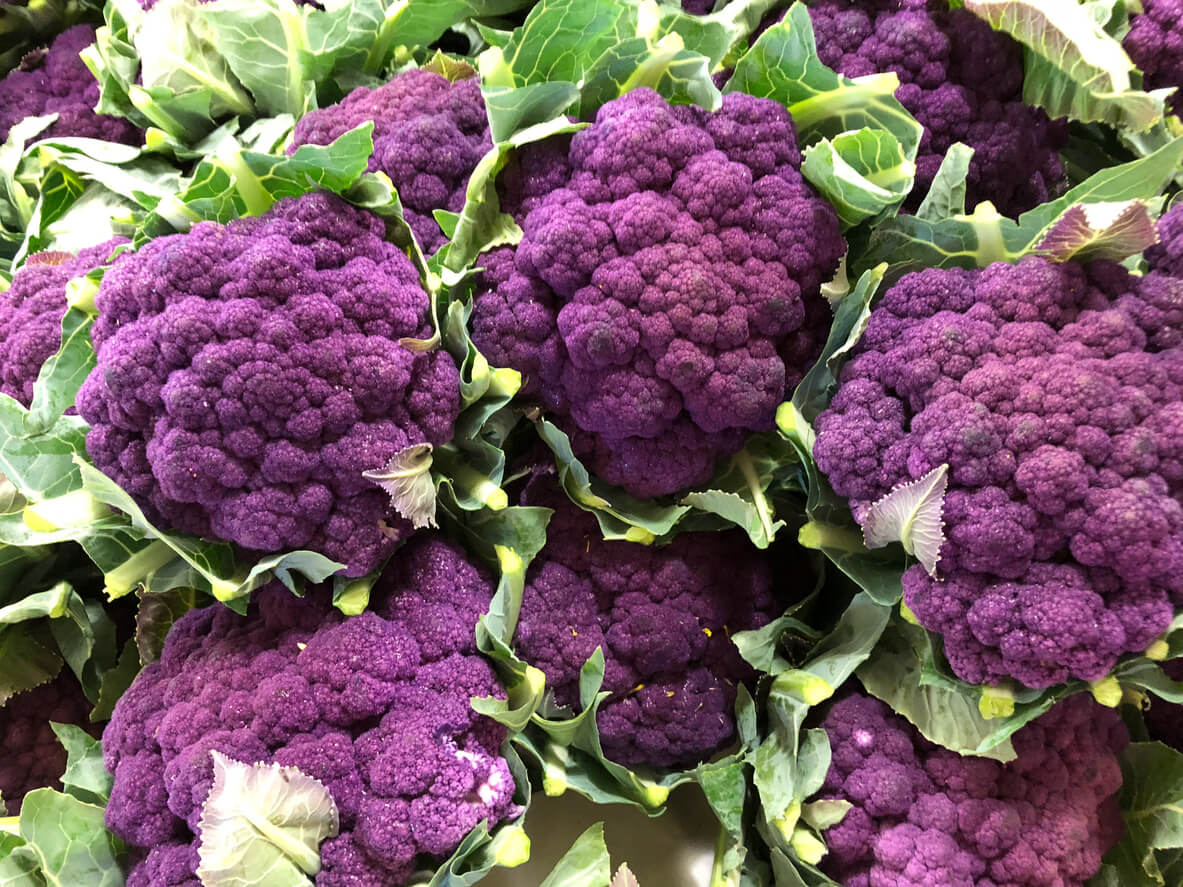
Purple Cauliflower
Purple cauliflower: Purple cauliflower has a more complex flavor than other varieties and is higher in antioxidants. It tends to be a bit more expensive than other cauliflower varieties, but it’s still widely available at most grocery stores and farmers markets. The stunning purple hue of this cauliflower is attributed to the anthocyanins present in it—water-soluble pigments that are also found in a variety of other plants, like red cabbage. Delicious examples include Depurple Hybrid and Graffiti Hybrid.
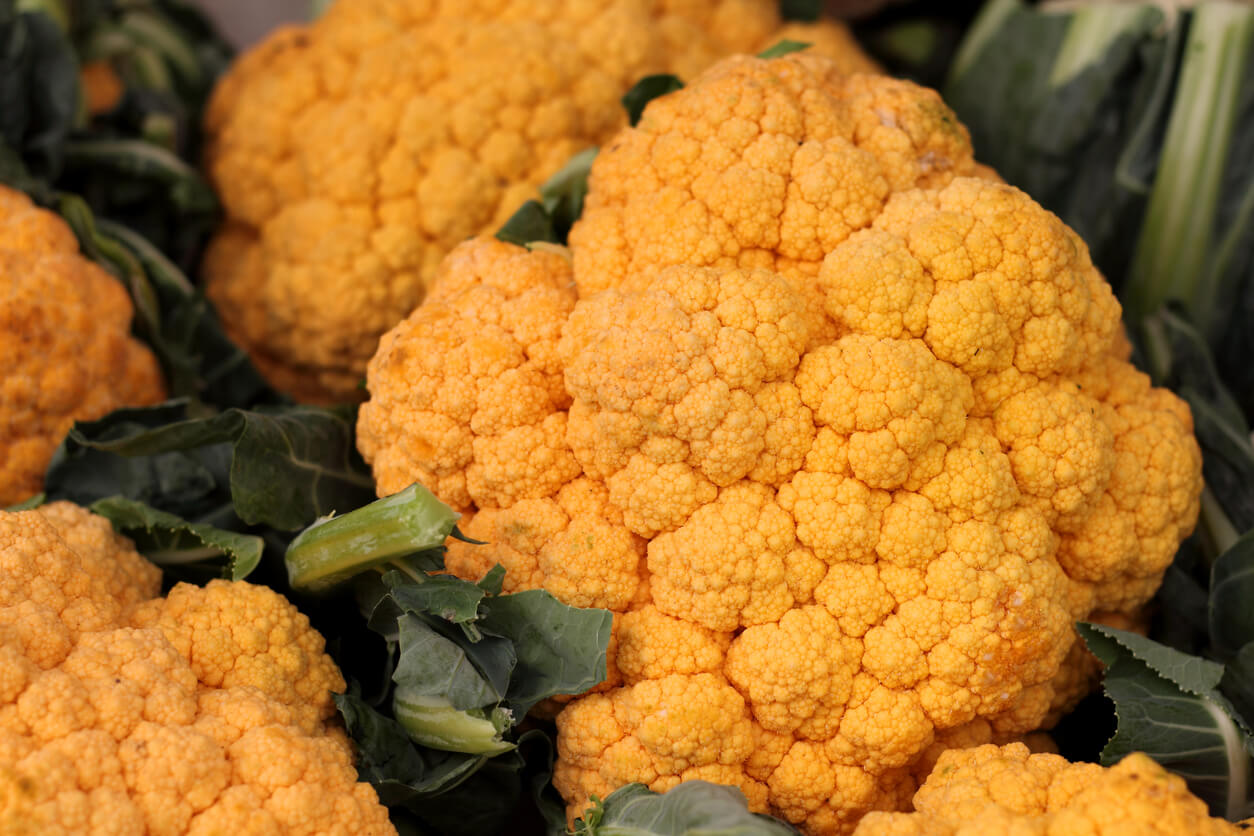
Orange Cauliflower
Orange cauliflower: Orange cauliflower is a relatively rare variety that has only been available since the 1980s. The orange color of this cauliflower is caused by a genetic mutation, and it has almost twice as much beta-carotene as white cauliflower. Some great-tasting examples are Cheddar and Orange Bouquet.
So whether you prefer your cauliflower plain or mixed with other colors and flavors, there’s sure to be a type that satisfies your tastes!
What type of cauliflower is your favorite? Let us know in the comments below!


 Previous
Previous

